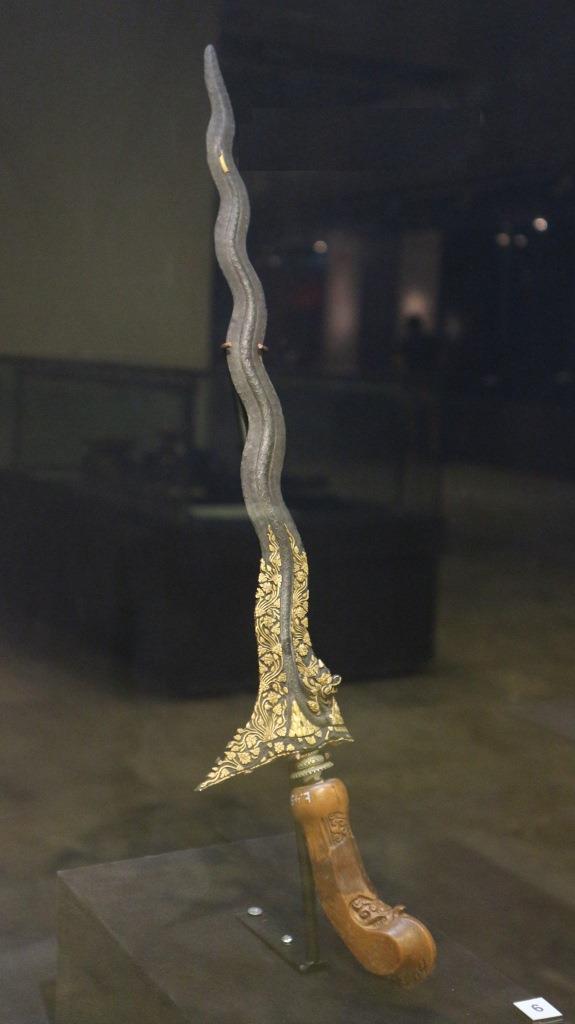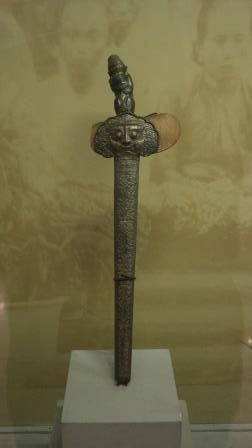An Introduction to Indonesian Fusion Cuisine That You Can Find in Glodok Chinatown Jakarta
Fusion cuisine is a combination of culinary elements from different countries, regions, and cultures. In the past hundred years ago, Indonesia has been sought for a place to visit and conquer as it has an enormous natural resources and fertile land. Many European countries have colonized Indonesia in the past. So do people from other countries in Asia that mainly come to trade. This has affected the culinary scene in Indonesia, and therefore a lot of fusion cuisine has created. One of the places that you can find this example is in Glodok Chinatown, Jakarta, a place of different communities’ blend.
Indonesian Fusion Cuisine That You Can Try in Glodok Chinatown Jakarta as You Stroll Around for Walking Tour in Jakarta
Even though there are many other of fusion cuisine example that you can find in many parts of Indonesia, the Glodok Chinatown Jakarta is one of the perfect places to explore. You can a mix of Chinese cuisine that has been influenced by other cultures, such as Kari Medan, which is influenced by Indian cuisine, Soda Badak, a carbonated drink that produced in North Sumatera, Nasi Ulam, that is originated from Malay cuisine, Bakso Pikul, or meatballs that has its uniqueness, Choipan, a Chinese snack, and many others.
How Can You Reach the Glodok Chinatown Market to Try Various Kinds of Indonesian Fusion Cuisine
It is relatively easy to reach Glodok Chinatown area as there is public transportation from the government. You can ride a Transjakarta bus, commuter line train, bajaj, motorbike taxi, and car taxi. You can stop at the Kota train station or bus shelter and walk to the destination. The food stalls will usually be open from morning to afternoon.
Find Other Interesting to Try in Glodok Chinatown Area as We Walk Around Together in Jakarta Chinatown Tour
Aside from fusion cuisines that we mentioned above, there many other snacks and delicacies that you might took your attention while we are touring around the Glodok Jakarta area. If you are interested, we can stop by and try them while learning about the cuisine’s history and what culture influenced them. Come join our Jakarta Chinatown Tour while you are staying in the city. See you around!



